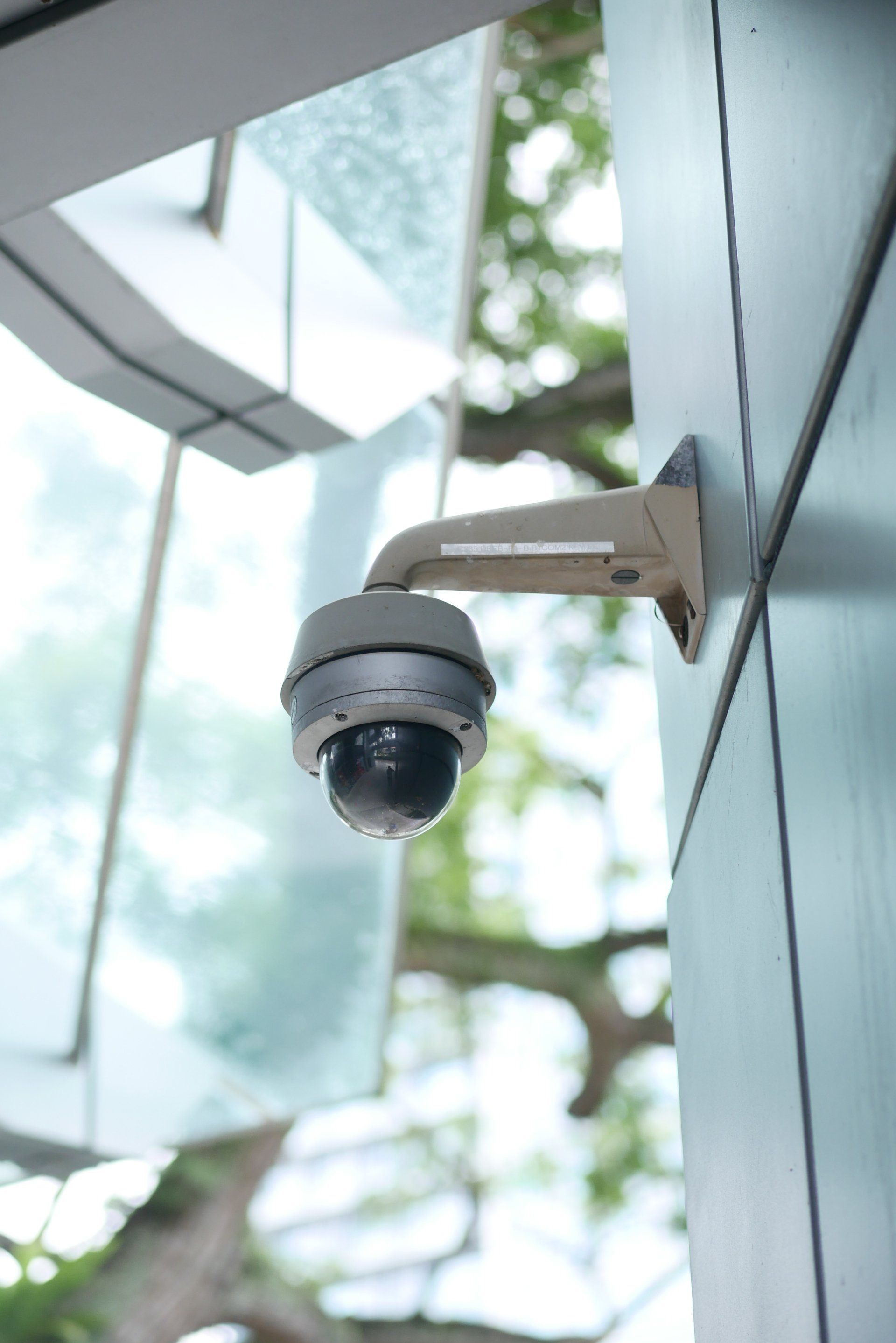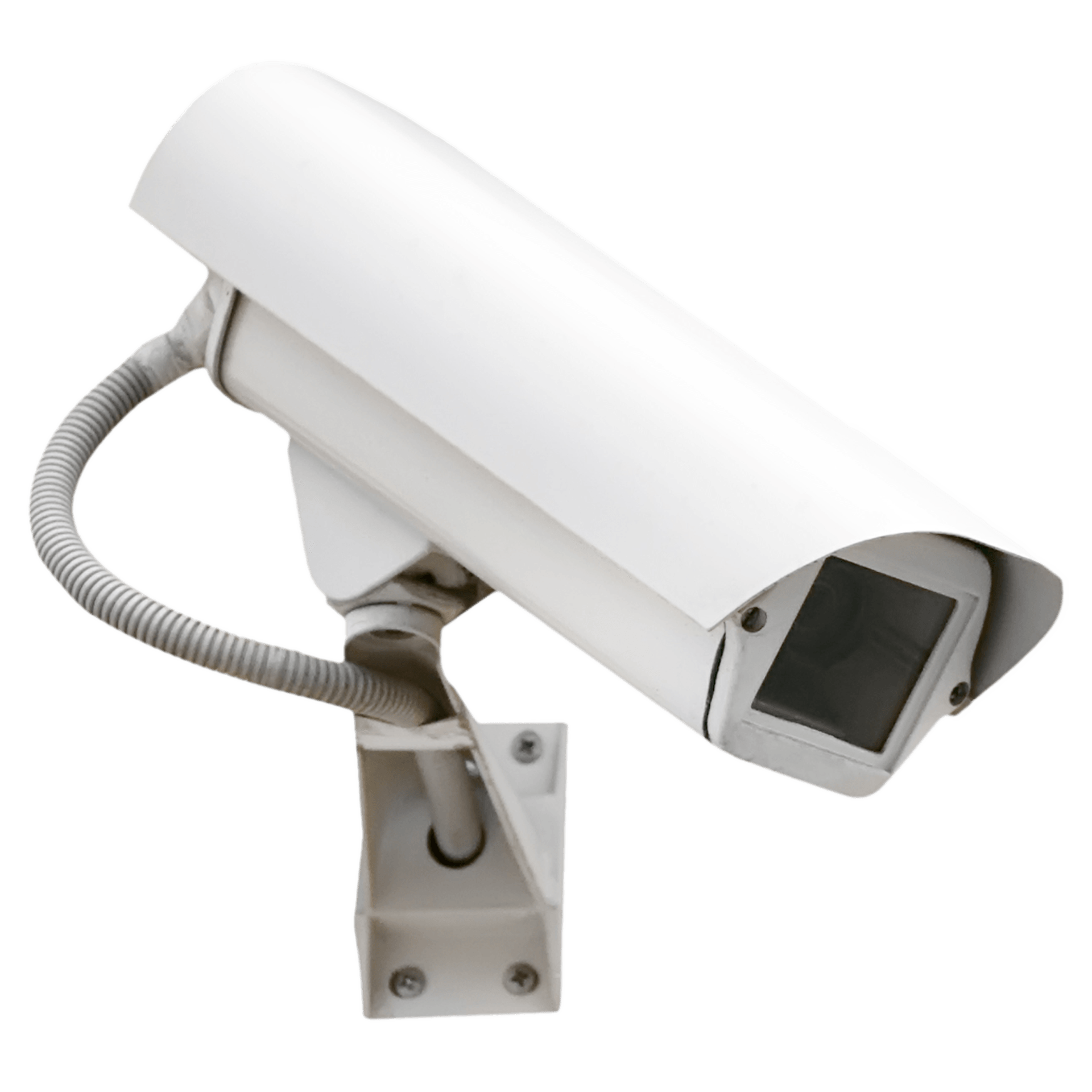Revolutionizing Security: The Evolution of Commercial CCTV and Surveillance Technology
Introduction to the Cutting-Edge of Commercial Surveillance
In the intricate interplay of innovation and security, commercial CCTV systems and surveillance cameras stand as silent sentinels, safeguarding the sanctuaries of commerce and industry. The evolution of these systems is a tale of technology triumphing over time, a narrative that takes us from the rudimentary reels of analog to the intricate internet protocol (IP) cameras of today. This chronicle of change is not just about the tech transformation; it's about the enhancement of efficiency, the escalation of security, and the empowerment of enterprises.
The Analog Ancestry
The journey of commercial CCTV systems began with analog technology, an age where cameras captured continuous video signals transmitted to a video tape recorder (VTR). These bulky behemoths required physical media to record, resulting in limitations in storage and the laborious task of tape management. Analog cameras, despite their simplicity, laid the groundwork for surveillance, offering businesses a basic means of monitoring and security.
The Digital Dawn
As the digital revolution reshaped realms, commercial CCTV systems were not left untouched. The advent of digital multiplexing and the introduction of Digital Video Recorders (DVRs) marked a monumental milestone. Suddenly, surveillance footage could be stored on hard drives, searched with ease, and accessed remotely. The digital dawn brought about a significant surge in surveillance solutions, but it was still tethered to the traditional coaxial cable infrastructure of its analog ancestors.
The IP Camera Inception
The introduction of IP cameras ignited an innovative inferno in the industry of commercial CCTV systems and surveillance cameras. These advanced apparatuses transformed the transmitted data into digital packets, propelling the possibilities of surveillance systems to new heights. IP cameras were connected through a network, enabling them to be accessed from anywhere in the world. This was not just a step but a leap forward, as it opened a vista of versatility and scalability previously unimagined.
The Technological Tides of Transition
This transition from analog to IP was not instantaneous but a gradual tide that turned as the tech matured. Initially, IP cameras were costly and complex, reserved for enterprises with economic elasticity. However, as network technologies became more widespread and affordable, IP systems infiltrated the mainstream market. The shift was seismic, as businesses began to recognize the robust resolution, superior scalability, and analytic abilities that IP cameras proffered.
Resolution and Recording Reimagined
The maturation of IP technology meant that resolution and recording were redefined. High-definition (HD) cameras offered clarity that was once inconceivable, capturing images in exquisite detail. With the advent of 4K cameras and beyond, commercial surveillance systems now deliver a level of detail that aids not just in security, but in analytics and operations as well.
Scalability and Storage Solutions
Another advantage of IP-based systems is their inherent scalability. The ability to add cameras to a network without the need for additional wiring or significant hardware upgrades has made expansion efforts almost effortless. Moreover, with the use of Network Video Recorders (NVRs) and cloud-based storage options, data management has become more streamlined and secure, offering redundancy and resilience against data loss.
Analytics and Advanced Applications
The evolution also brought with it the era of smart surveillance. Modern IP cameras come equipped with advanced analytics, capable of facial recognition, license plate reading, and even behavioral analysis. These features have transformed cameras from passive recording devices into proactive security tools, enabling businesses to preempt potential threats and enhance customer experiences.
Integration and Interconnectivity
In the interconnected world we inhabit, IP-based commercial CCTV systems have embraced integration. They can now work in concert with other security systems, such as access control and alarm systems, to create a cohesive and comprehensive security strategy. This interconnectivity has not only improved security but has also streamlined management, allowing for centralized control of multiple systems.
Challenges and Considerations
While the shift to IP-based systems offers numerous benefits, it is not without its challenges. Network security, for instance, becomes paramount, as these systems can be vulnerable to cyber-attacks. Additionally, the initial setup and investment can be significant, though these costs are often offset by the long-term benefits and operational efficiencies.
Conclusion: A Continuous Climb to Cutting-edge Capabilities
The evolution of commercial CCTV systems and surveillance cameras is a testament to technological tenacity. From the analog age to the digital domain and now in the networked world, these systems have continuously climbed to new capabilities. As we look to the future, emerging technologies like artificial intelligence and the Internet of Things (IoT) promise to push the boundaries even further, ensuring that commercial surveillance systems remain on the cutting-edge of security solutions. The narrative of these systems is far from over; it is an ongoing odyssey of adaptation and advancement, with each chapter contributing to the chronicles of commercial safety and success.
FAQs
1. What are the key stages in the evolution of commercial surveillance systems?
The evolution includes the transition from analog systems to digital and IP-based systems, each offering improvements in efficiency, security, and scalability.
2. How have digital and IP cameras transformed commercial surveillance?
They enable high-definition recording, remote access, and advanced analytics, providing businesses with enhanced security and operational insights.
3. What are the benefits of IP-based surveillance systems?
Benefits include superior resolution, scalability without significant hardware upgrades, advanced analytics, and integration capabilities with other security systems.
4. What challenges come with transitioning to IP-based surveillance systems?
Challenges include the need for network security measures to protect against cyber-attacks and the initial investment required for setup and integration.
5. How is the future of commercial surveillance systems shaping up?
Future advancements are expected to include artificial intelligence and IoT integration, further pushing the boundaries of what's possible in commercial security technology.


All Rights Reserved | Caveman Security | Privacy Policy


